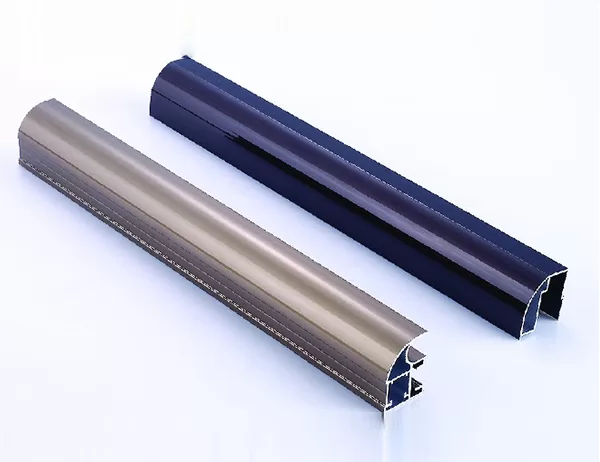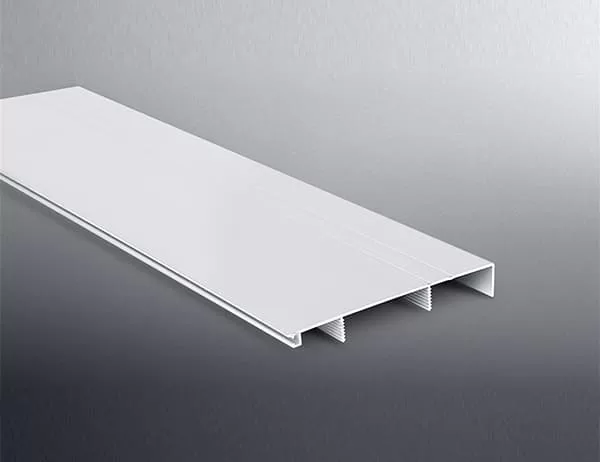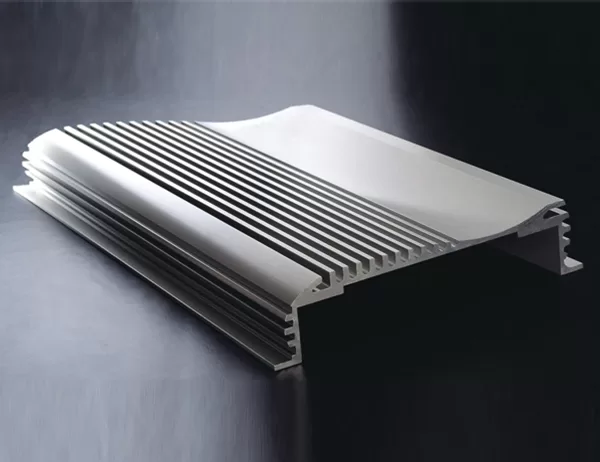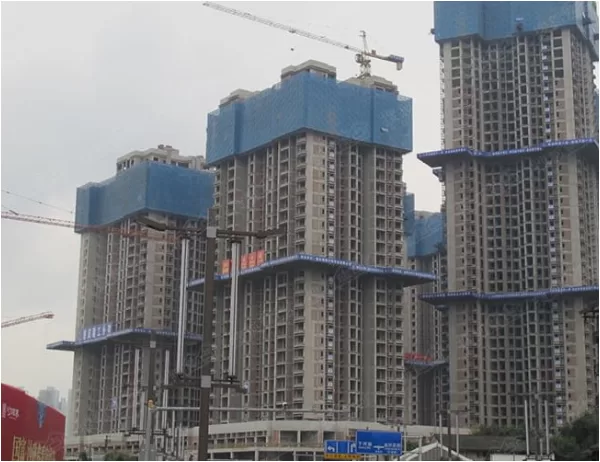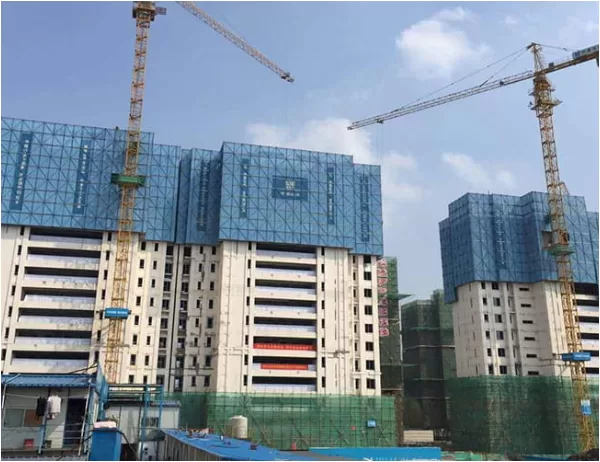Introduction
Sustainable construction is a critical aspect of modern architecture, aiming to minimize the environmental impact of buildings while maximizing their durability and energy efficiency. Polished aluminium angle plays a significant role in achieving these goals, contributing to the longevity, energy conservation, and environmental sustainability of buildings.
Enhanced Durability and Corrosion Resistance
Polished aluminium angle is highly durable and resistant to corrosion, making it an ideal material for external applications. Its resistance to rust, oxidation, and weathering ensures that it can withstand harsh environmental conditions without compromising its structural integrity or aesthetic appeal. As a result, polished aluminium angles are commonly used in architectural facades, railings, balconies, and other exposed elements.
Energy Efficiency and Thermal Insulation
Aluminium is an excellent conductor of heat, but polished aluminium angle can be anodized or coated with thermal breaks to reduce thermal conductivity. This allows it to act as an effective thermal insulator, preventing heat gain in hot climates and heat loss in cold climates. By integrating polished aluminium angles into building envelopes, energy consumption can be significantly reduced.
Reflectivity and Solar Heat Reduction
The polished surface of aluminium angle reflects sunlight, reducing the amount of heat absorbed by a building. This reflectivity is particularly beneficial in warm regions, where it can minimize the need for air conditioning and lower energy costs. Polished aluminium angles can also be used to create solar shading devices such as louvres and awnings, further reducing heat gain and glare.
Lightweight and Structural Strength
Polished aluminium angle is lightweight yet exceptionally strong, making it ideal for structural applications. Its low density reduces the weight of buildings, minimizing the need for heavy foundations and structural support. Despite its lightweight, polished aluminium angle can withstand significant loads, providing excellent strength and stability.
Recyclability and Environmental Sustainability
Aluminium is a highly recyclable material, and polished aluminium angle can be recycled multiple times without losing its properties. By using polished aluminium angles in construction, architects can contribute to the circular economy and minimize the environmental impact of building materials. Additionally, the low-carbon footprint of aluminium production and its ability to reduce energy consumption further enhance its sustainability.
Aesthetic Appeal and Design Flexibility
Polished aluminium angle offers a sleek and modern aesthetic that complements a wide range of architectural styles. It can be finished in a variety of colours and textures, providing architects with the flexibility to create unique and visually appealing designs. Polished aluminium angles can be seamlessly integrated into facades, windows, doors, and other building elements, enhancing the overall appearance of structures.
Conclusion
Polished aluminium angle plays a crucial role in sustainable construction by enhancing durability, improving energy efficiency, reducing solar heat gain, providing lightweight structural support, and promoting environmental sustainability. Its versatility, aesthetics, and recyclability make it an ideal material for both practical and design-oriented applications in modern architecture. By embracing the use of polished aluminium angles, architects can contribute to the construction of more sustainable, durable, and aesthetically pleasing buildings that minimize their environmental impact and maximize their performance.
